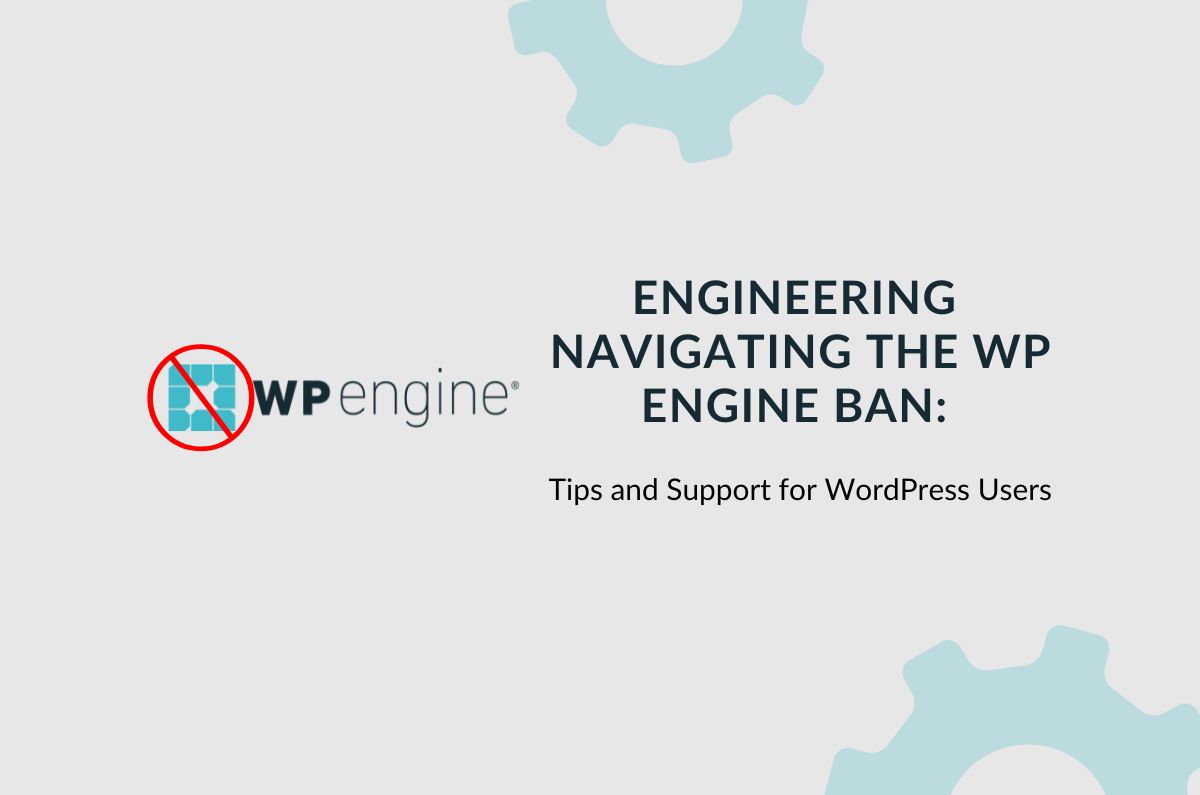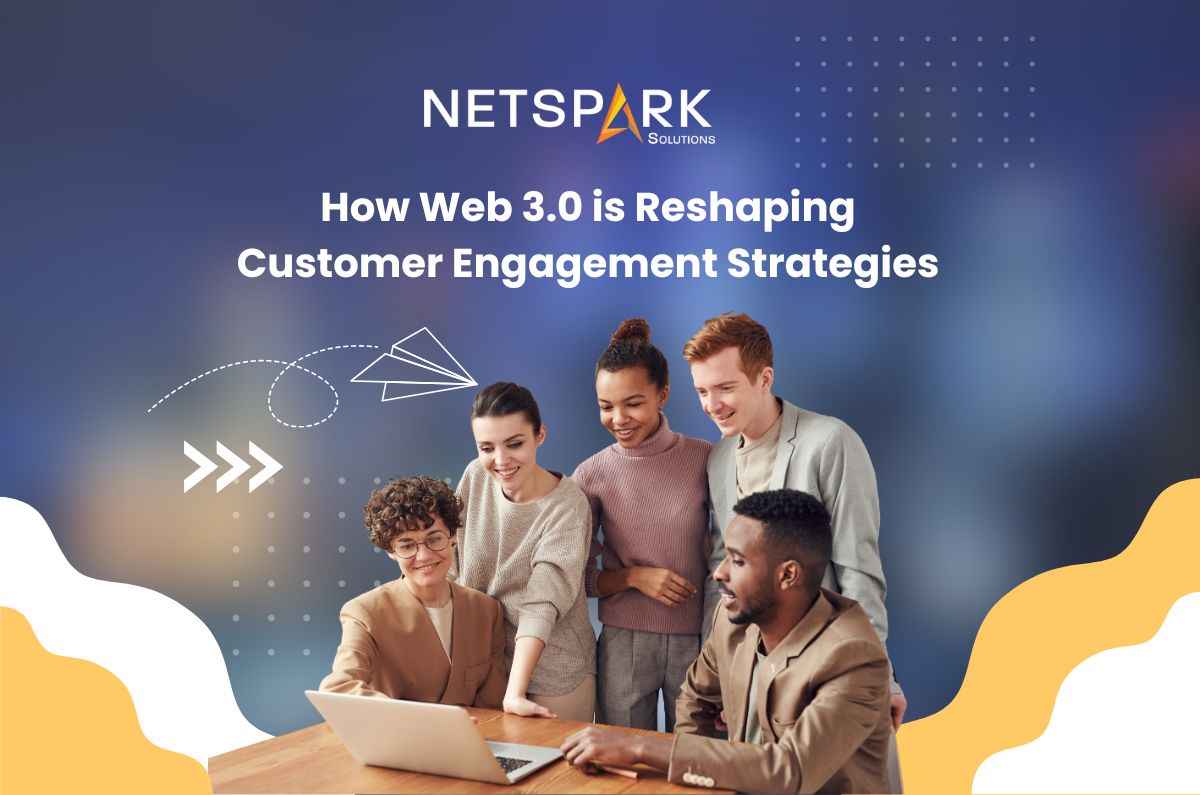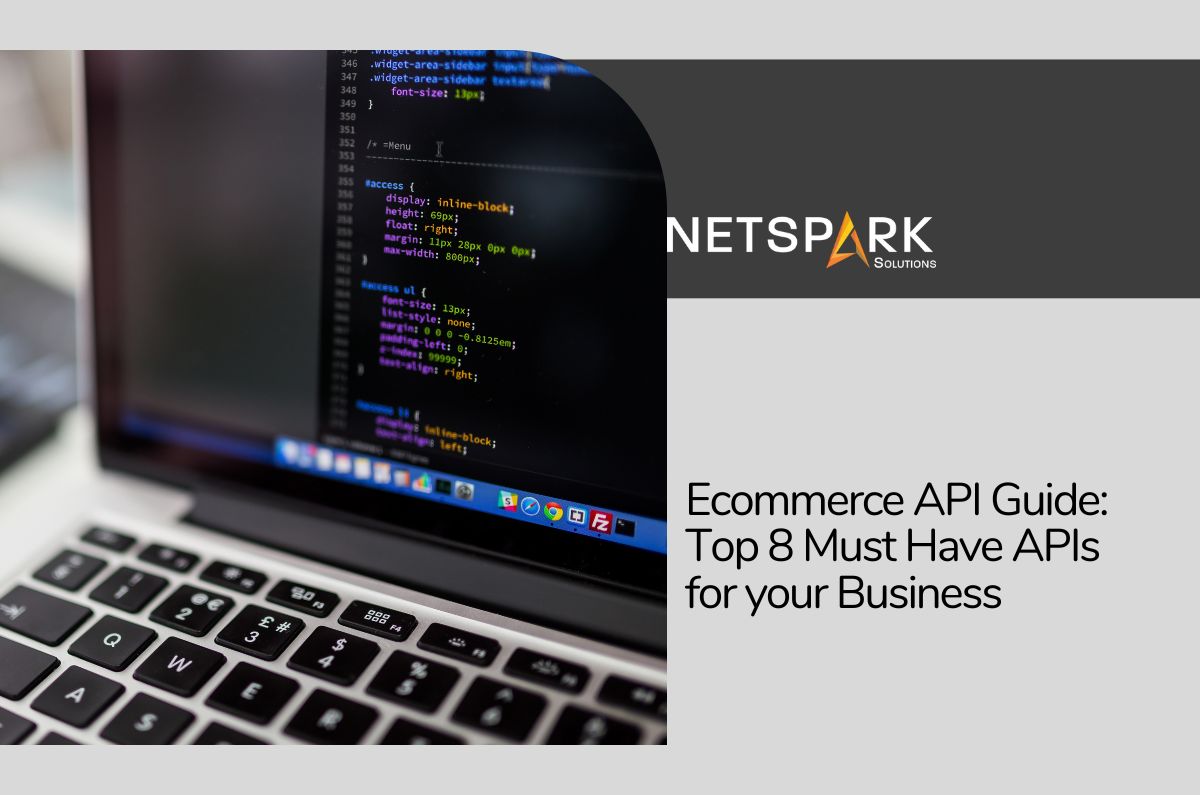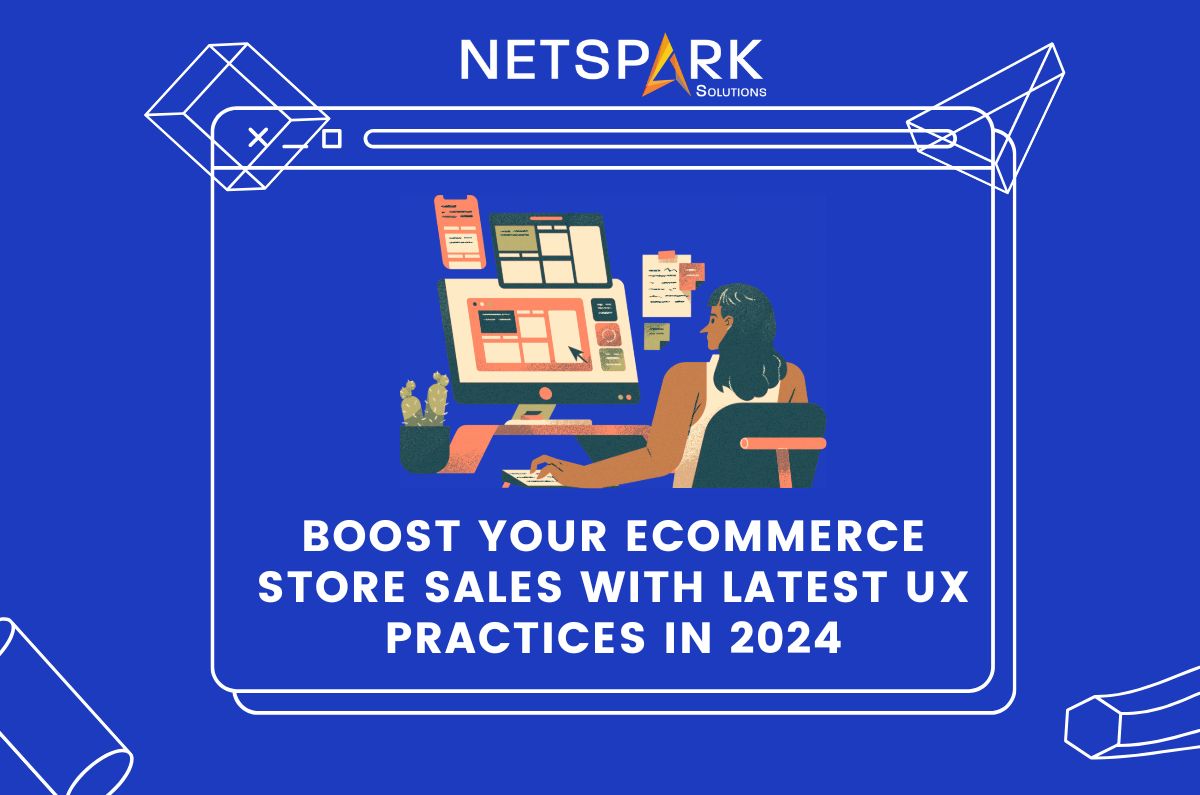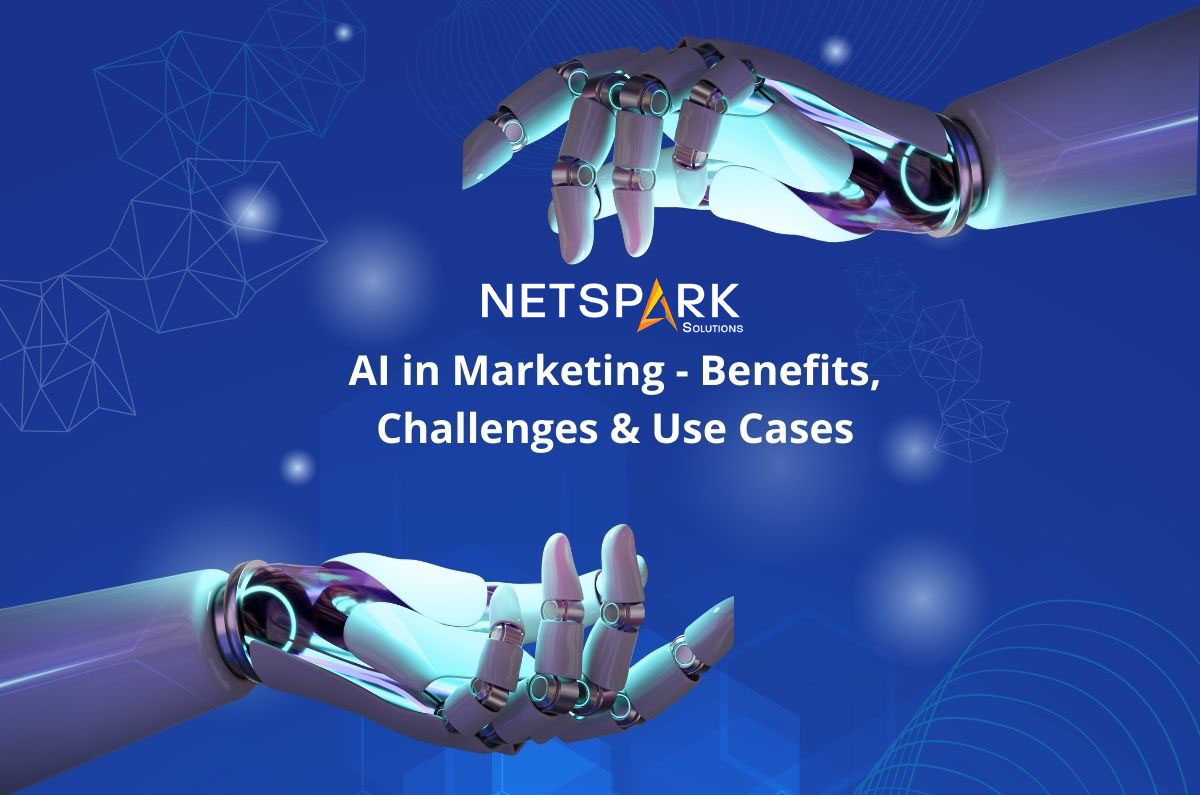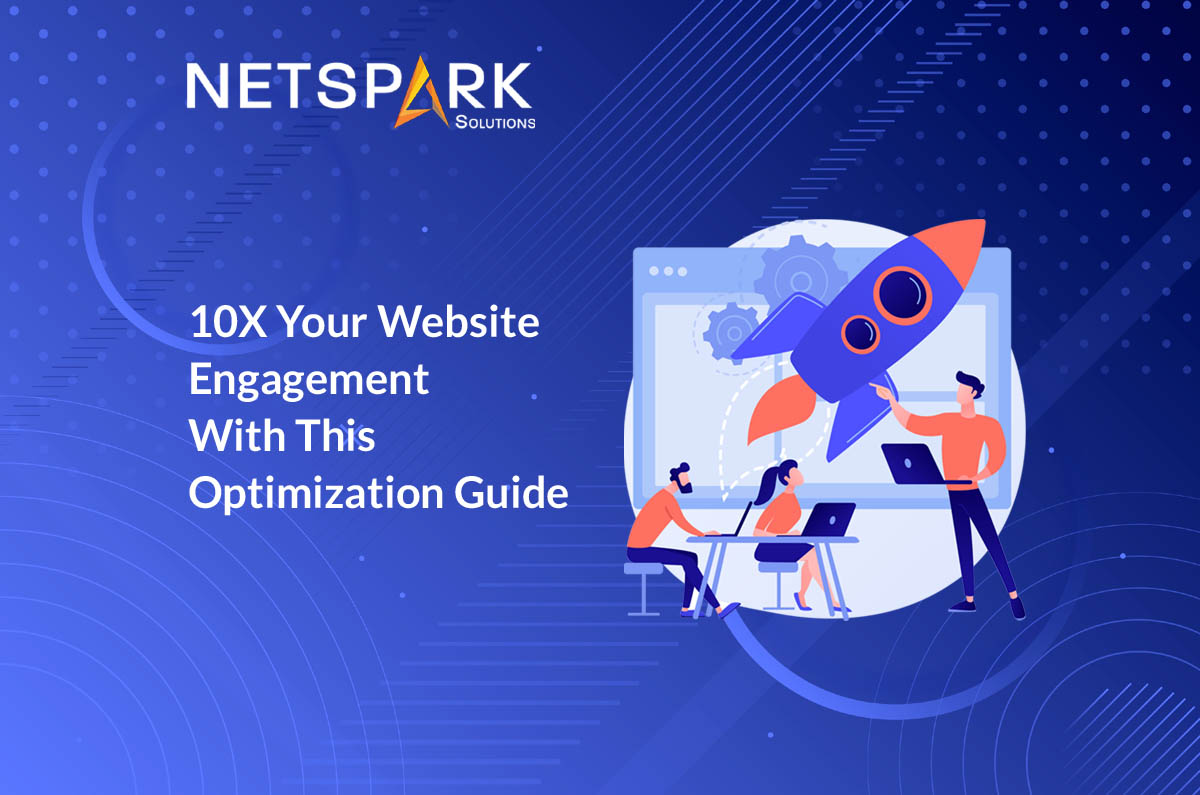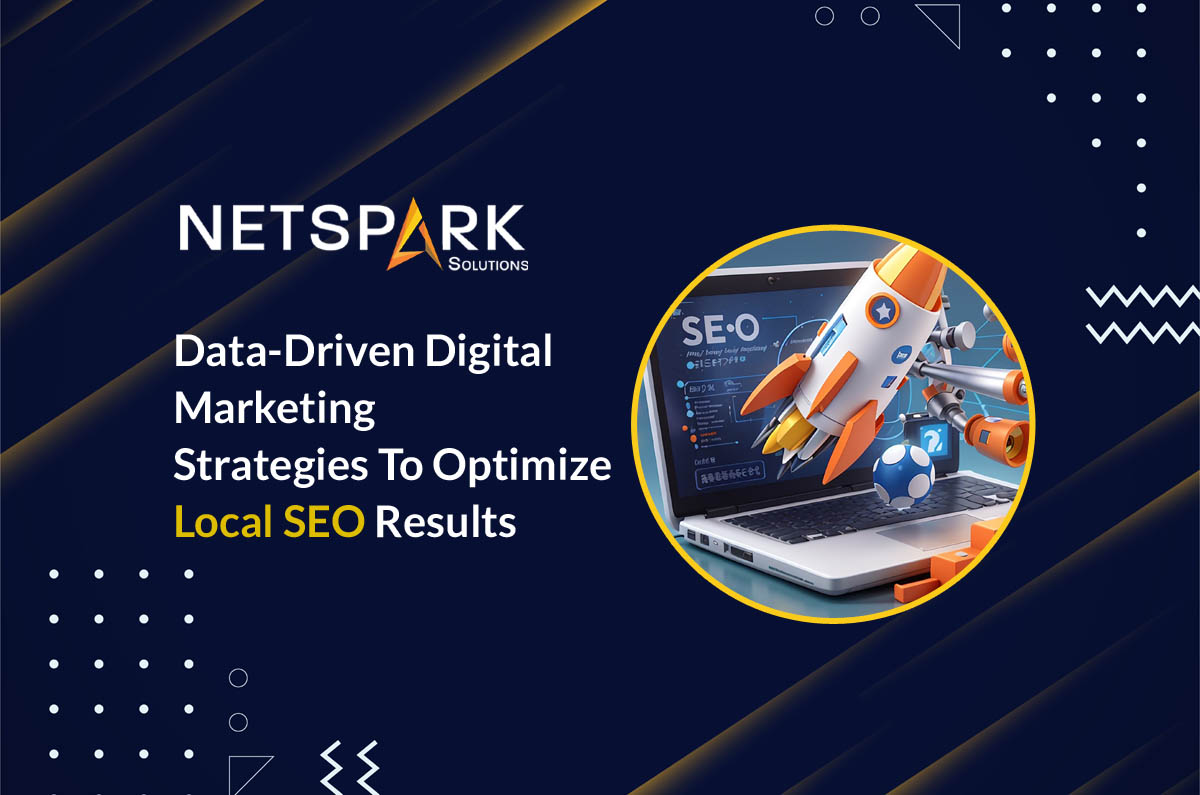Converting visitors is the eventual goal of every website, be it an ecommerce marketplace like Amazon or a regular service-based website. Of course, the conversion can mean different things for different businesses.
For instance, an ecommerce website would consider a customer making a purchase as a conversion, whereas getting more people to subscribe to the newsletter would be the ultimate conversion for a simple blog. In any case, if you have a web presence, it’s no secret that you are striving for good conversions.
Unfortunately, many business owners do not understand the right approach to unlocking the desired conversion rate. Contrary to conventional belief, the fight to drive better conversions should begin right from the development phase. Your website’s design and functionality have a huge impact on customer engagement.
In short, if you integrate conversion-driven elements during the development phase, it’ll be more convenient to convert more website visitors. This guide will walk you through the best ways to develop a website that drives higher conversions.
1. Design Your Landing Pages Wisely
When it comes to designing a high-converting website, landing pages are your best companion. The more landing pages you have on your website, the higher number of leads you’ll end up generating, resulting in better odds of converting valuable customers.
Of course, when we say design more landing pages, we don’t mean stacking up your website with unnecessary pages. It’s also worth pointing out that poorly designed landing pages can make it challenging to engage customers and drive them through your sales funnel.
So, follow a well-defined strategy that’ll allow you to maximize user retention and convert valuable customers through your landing pages.
2. Have Enough CTAs on Your Website
Call-to-Actions have a huge impact on a website’s conversion rates. People coming to your website will not take any actions on their own unless you encourage them to do so.
Adding relevant CTAs across your website will make it easier for customers to avail the desired services or buy products.
However, keep in mind that CTA placement plays a crucial role in whether a website visitor will click on them or not. Randomly adding CTAs across different web pages will ruin user engagement and make it challenging to convert leads into valuable customers.
To avoid this scenario, run A/B tests to decide what type of CTA placements work the best with your customers. In any case, however, you would want the CTAs to be clearly visible so that customers can take the desired actions.
3. Add Informative Content
Content is and has always been the king! Quality content will not only push your website’s search engine rankings, but it’ll also make it easier to captivate customers and encourage them to move one step closer to converting. In addition to this, high-quality content will also put you ahead of the curve and establish your brand as an authority in the industry.
But, how can you write content that converts customers? As opposed to the conventional belief, quality content means utilizing different content formats to create an ecosystem that provides value to website visitors.
It means, along with the conventional blogs and FAQs, you can also add infographics, videos, GIFs, pictures, etc. to optimize your website’s content and make it user-centric.
It’s important to understand that visual content is slightly more powerful than written blogs & PDFs. So, if you incorporate videos and infographics into your content marketing strategy, it’ll be much easier to engage website visitors and uplift overall conversions.
4. Priortize Page Loading Speed
Page loading speed is directly related to user experience and that’s why even Google considers it as one of its top ranking factors. You can’t expect to convert customers with slow-loading web pages.
So, make sure to optimize your website’s loading speed so that users don’t run away without even looking at the web pages. The general thumb rule says that a web page should not take more than 3 seconds to load.
You can use the Google Speed Insight tool to check your website’s loading speed performance. It’s an official speed insight tool designed by Google that also provides suggestions on how you can improve your website’s loading speed.
5. Keep Things Simple
As tempting as the idea of 3D animations and too many visual elements may look in your head, they only damage the user experience of a website.
Of course, adding interactive visual elements is how you keep the customers engaged, but it’s also important to understand when to stop.
Having dozens of visual components will make your website look cluttered and also affect its loading speed. To avoid this scenario, make sure to choose a simple design for your website and keep the web pages as navigable as possible.
The easier customers can navigate across different web pages, the more time they’ll spend on your website and eventually complete the required action.
6. Use Negative Space Wisely
Negative space is the white space that doesn’t contain anything at all. For readers who don’t know, the negative space has been a reliable design team for many designers to draw users’ attention to a particular section.
For example, if you want to ensure that a CTA is clearly visible to the customers, it would be better to surround it with negative space. This simple trick will set apart the CTA from other elements and increase your odds of converting potential customers.
Moreover, having decent white space also makes a website look aesthetically pleasing, especially if you’ve chosen the right color scheme.
Conclusion
Online businesses strive to boost their conversions. However, since the digital landscape has become drastically competitive, converting potential leads is not a piece of cake. Along with an effective marketing strategy, your website’s design will also have a huge impact on the final conversion rate. Follow the above-mentioned strategies to ensure your website’s design is up-to-the-mark to convert customers. And, if you’re looking for skilled UX/UI engineers to build a conversion-driven website, get in touch with NetSpark Solutions. We have expert in-house designers with advanced skills to design visually engaging websites that captivate leads and convert them into long-term customers.



